Ground-heads
Display all 10 images
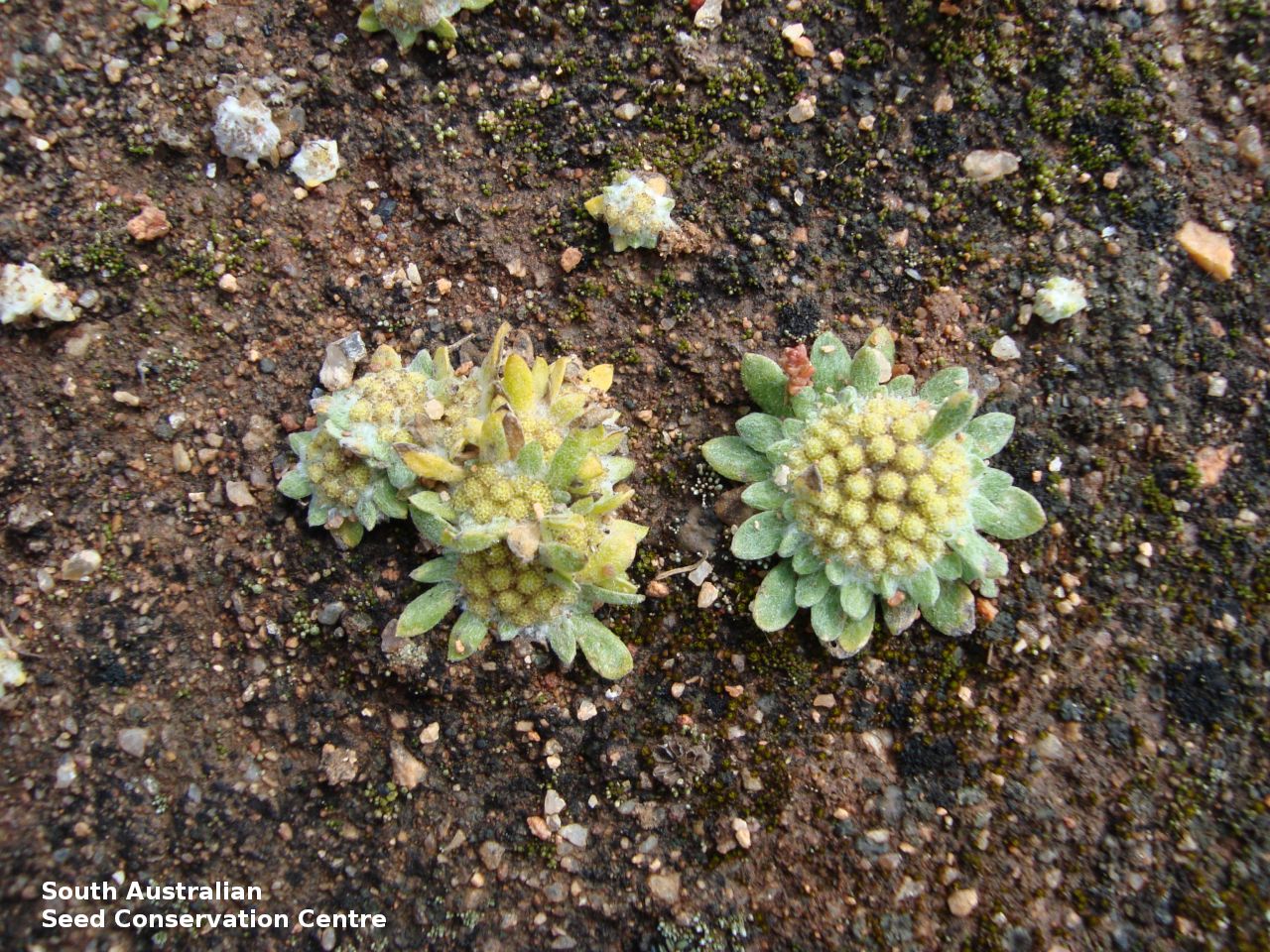
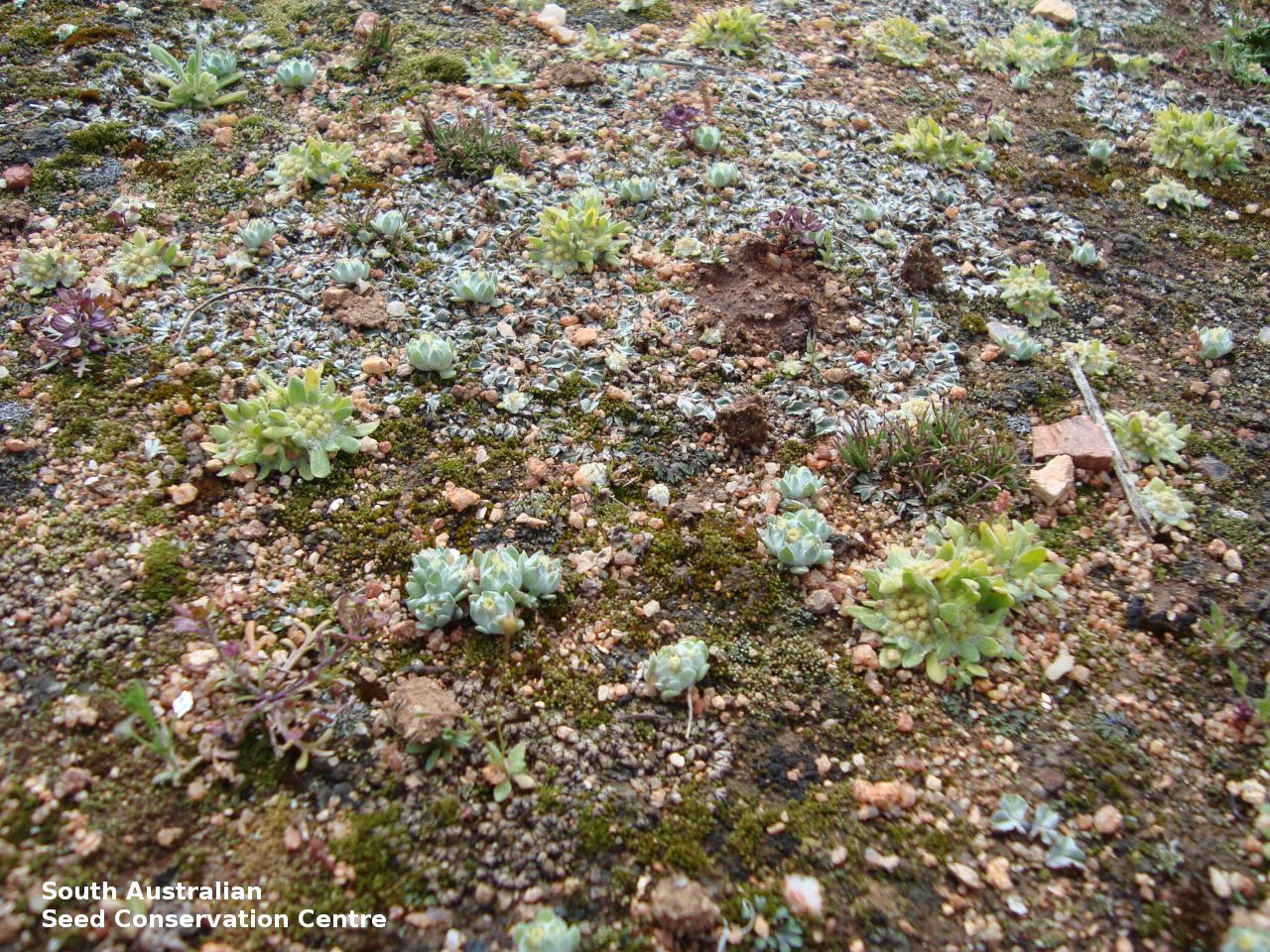
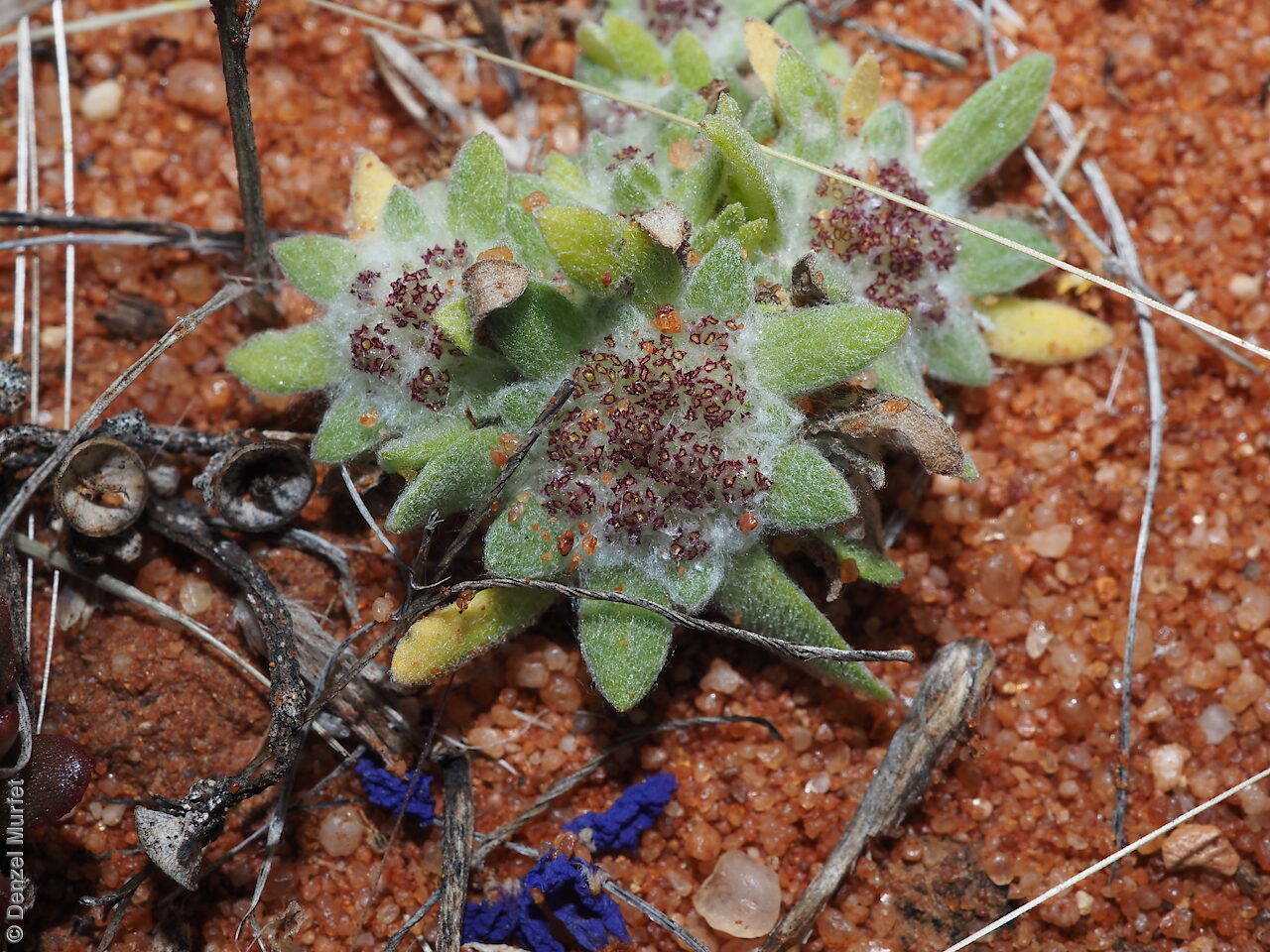
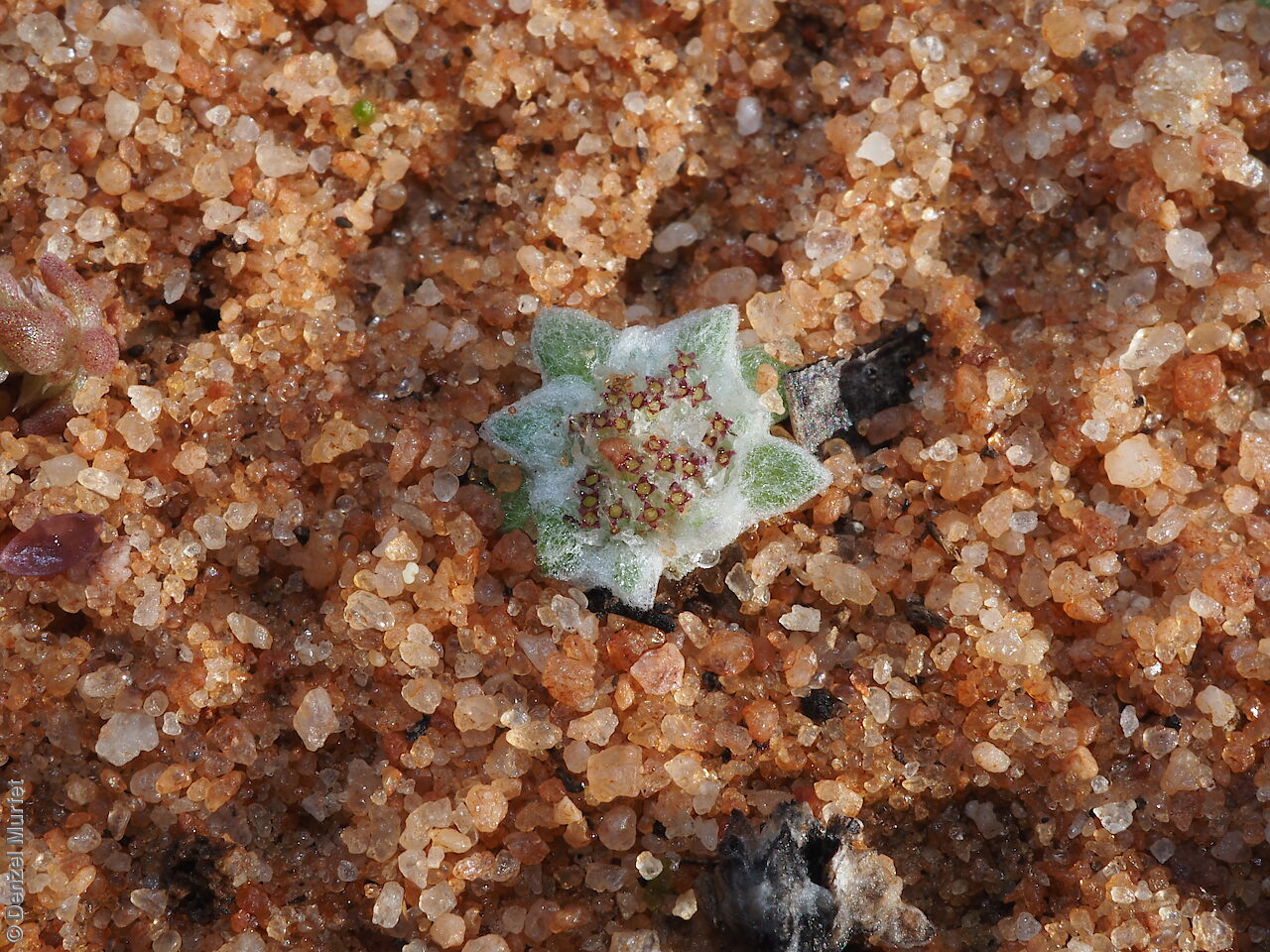
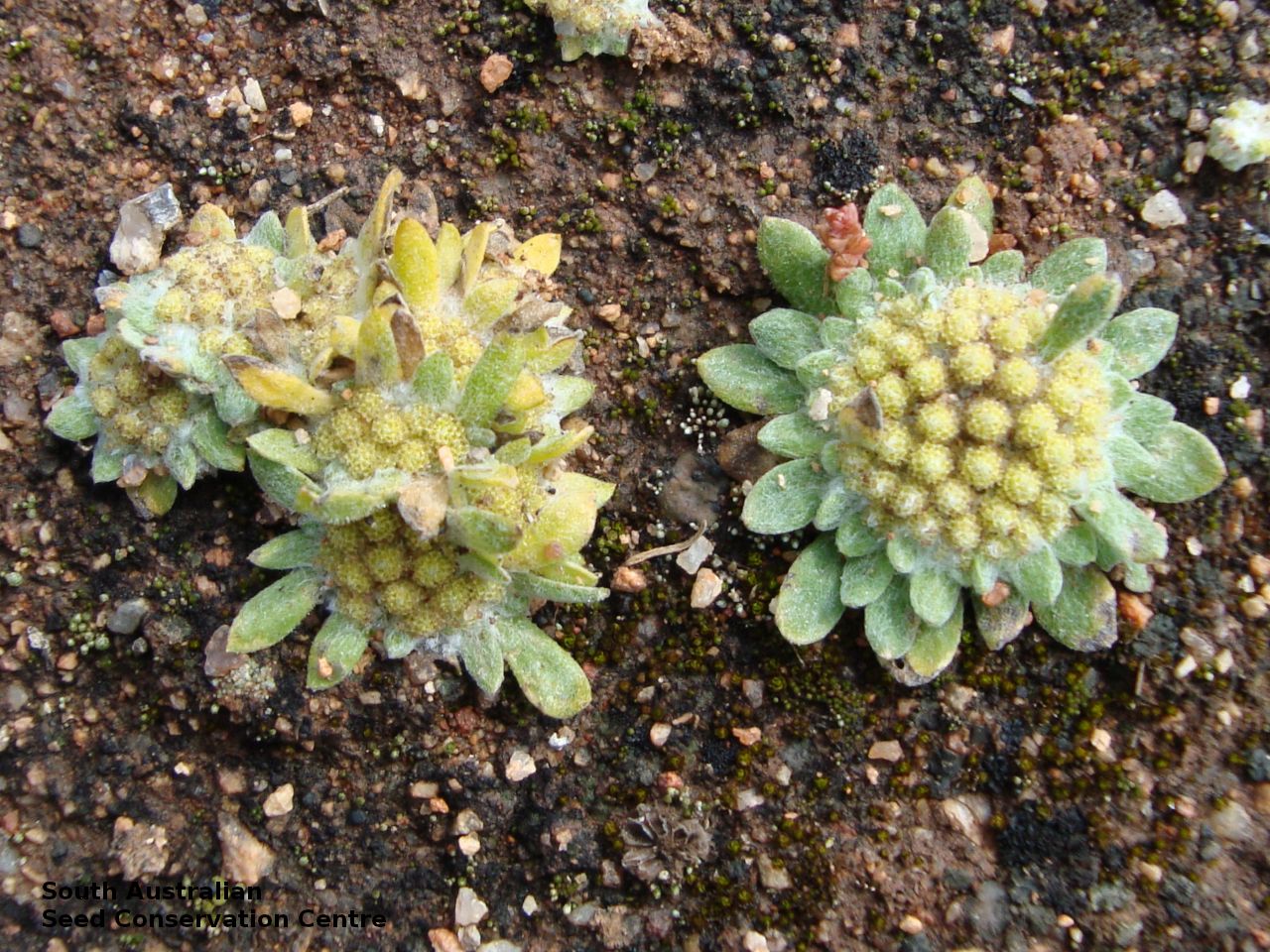
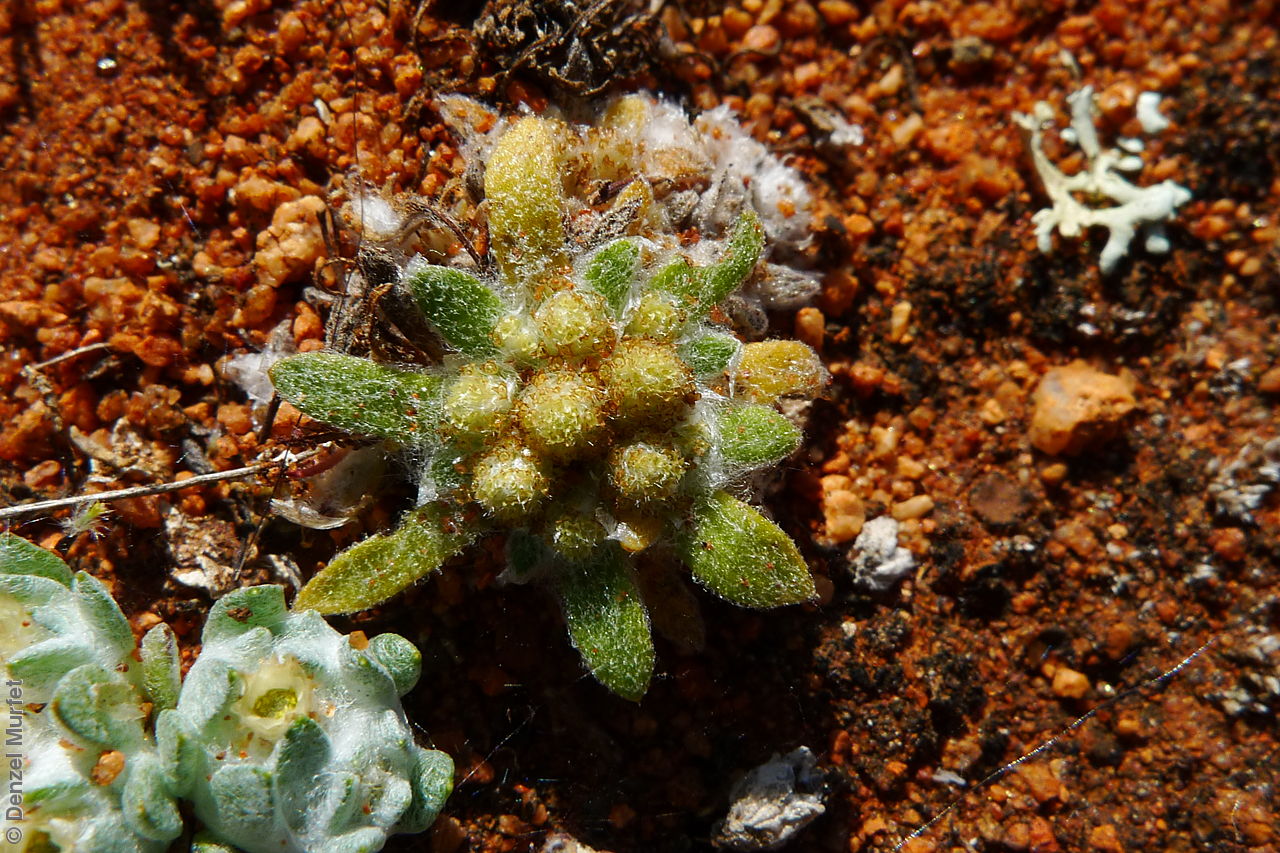
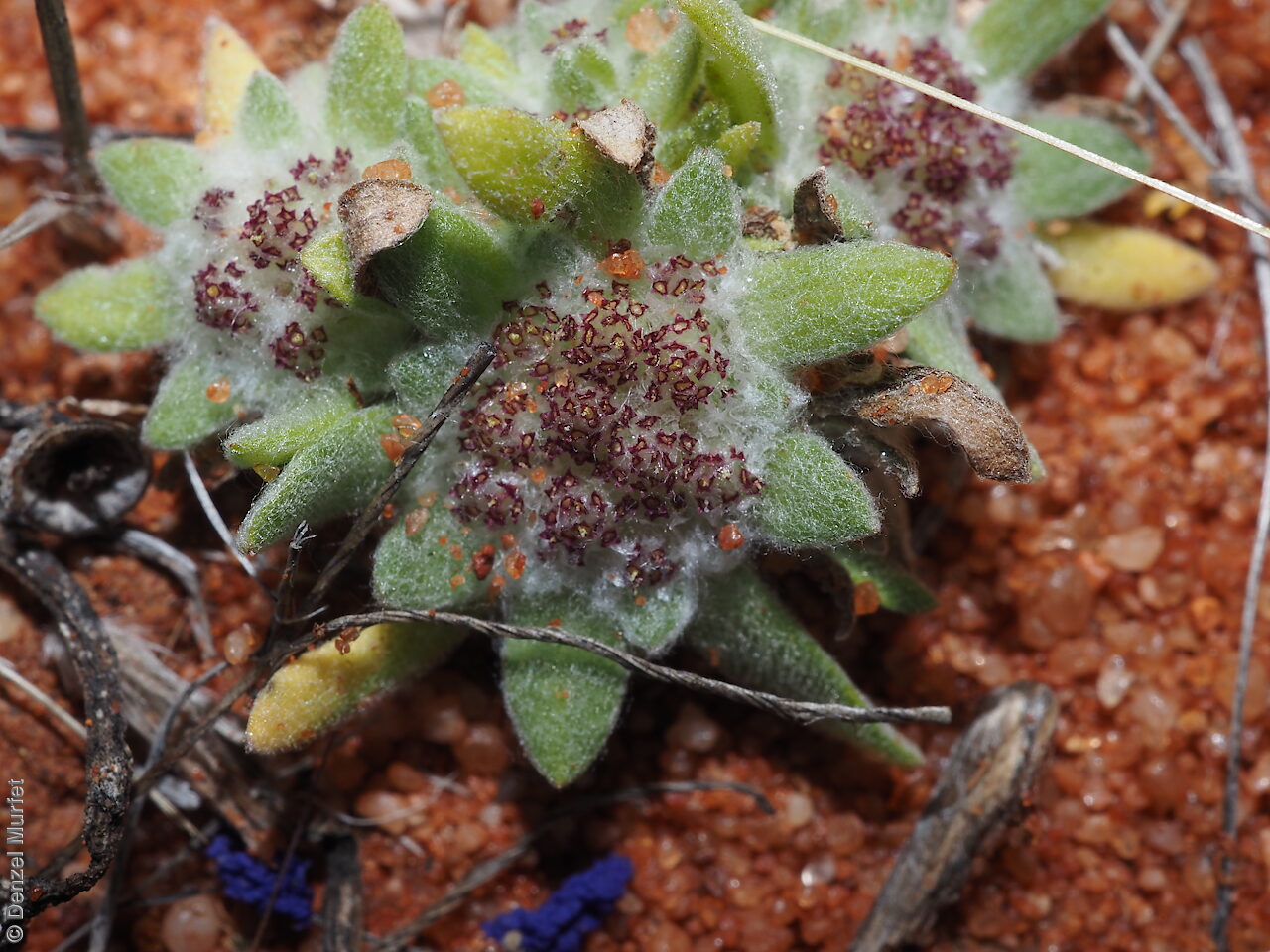
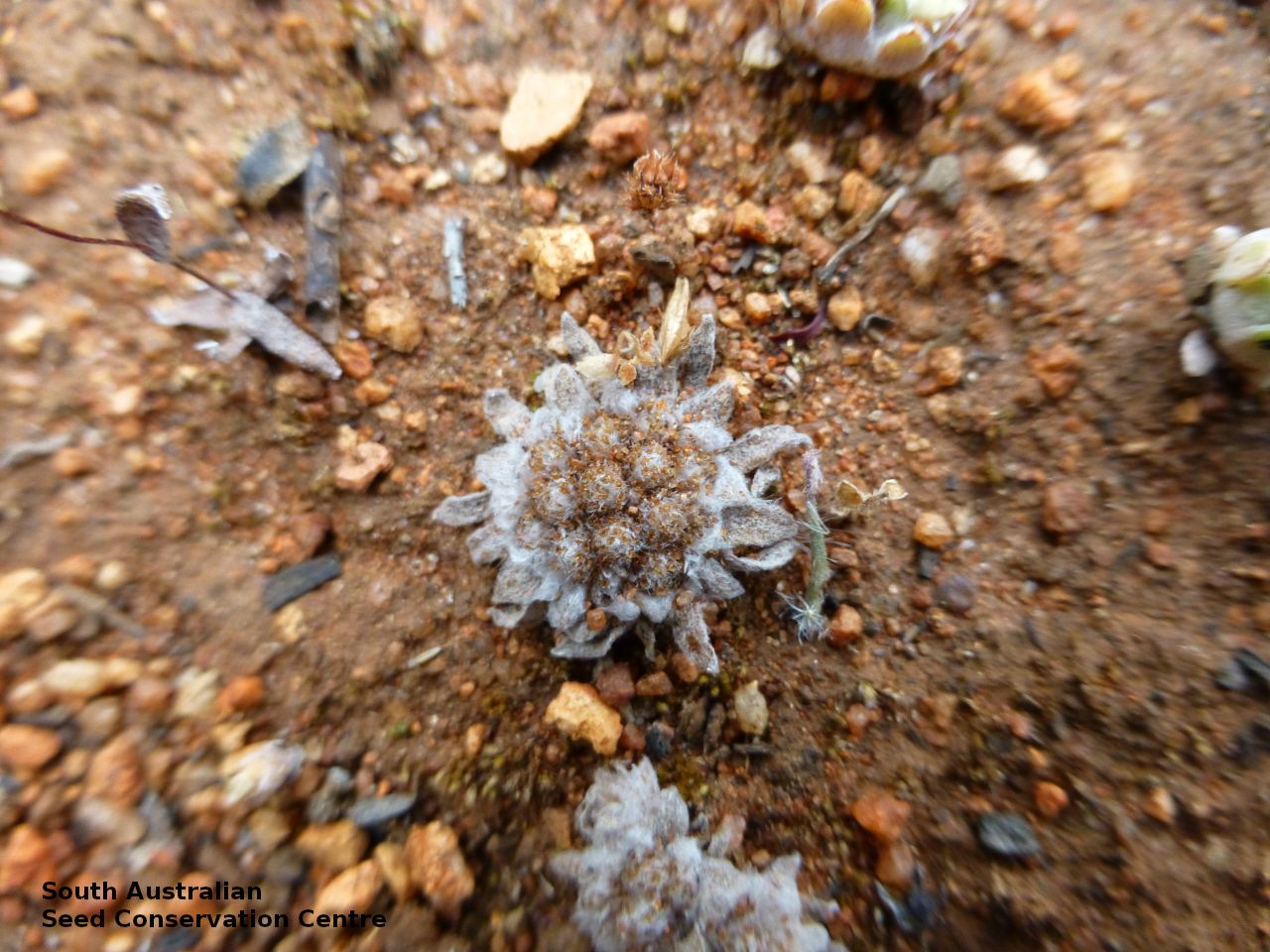
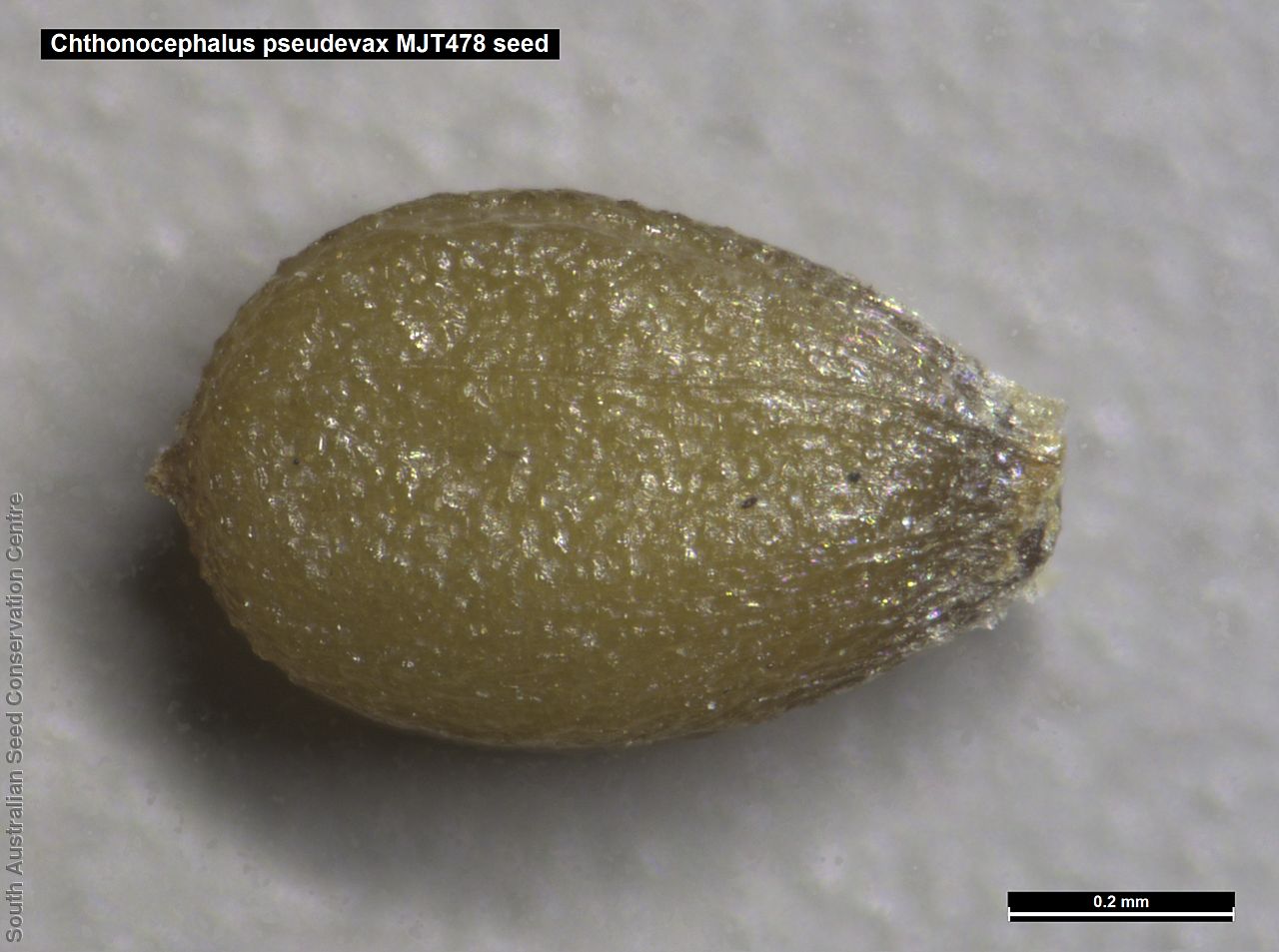
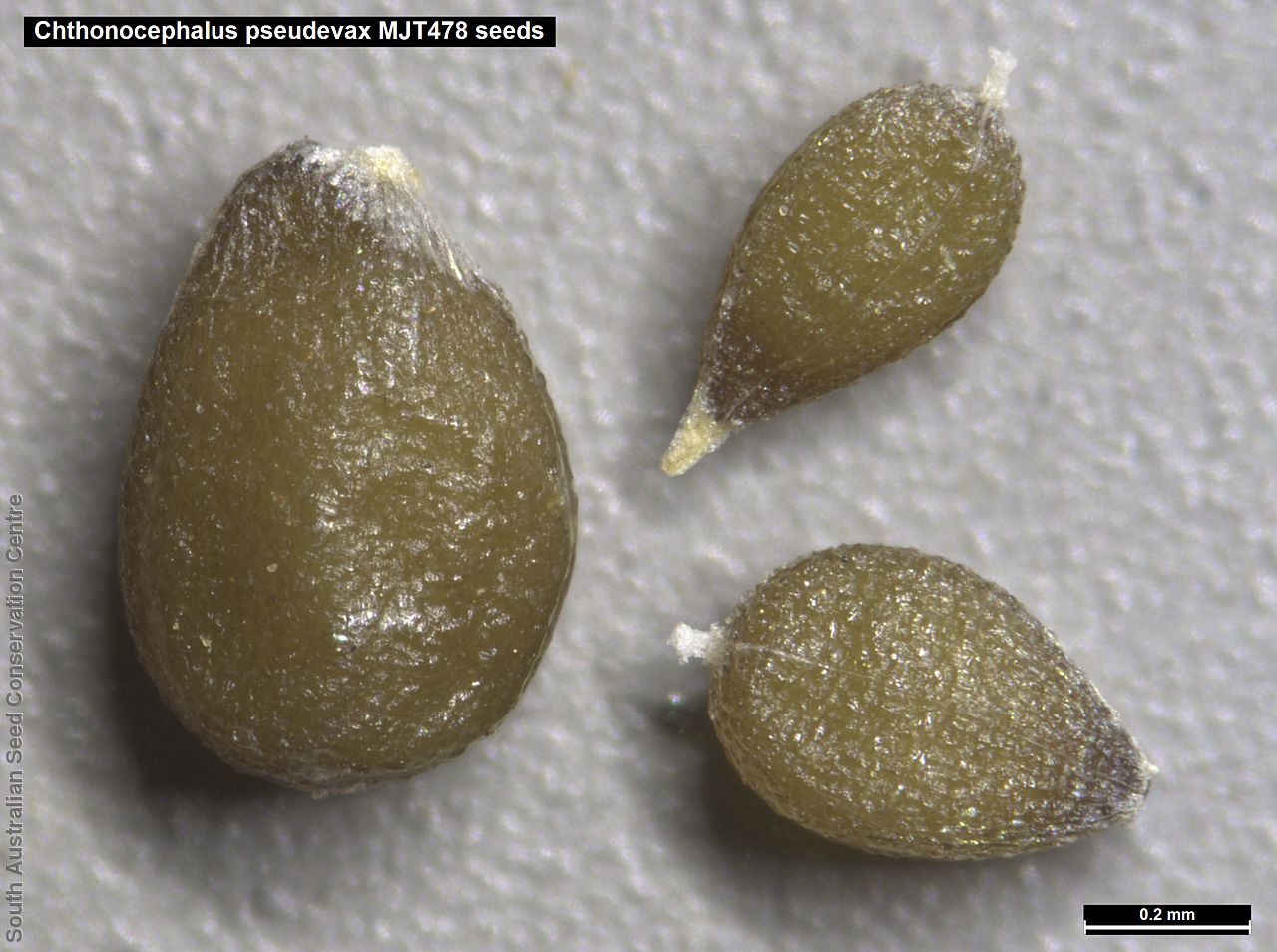
Regional Species Conservation Assessments per IBRA subregion.

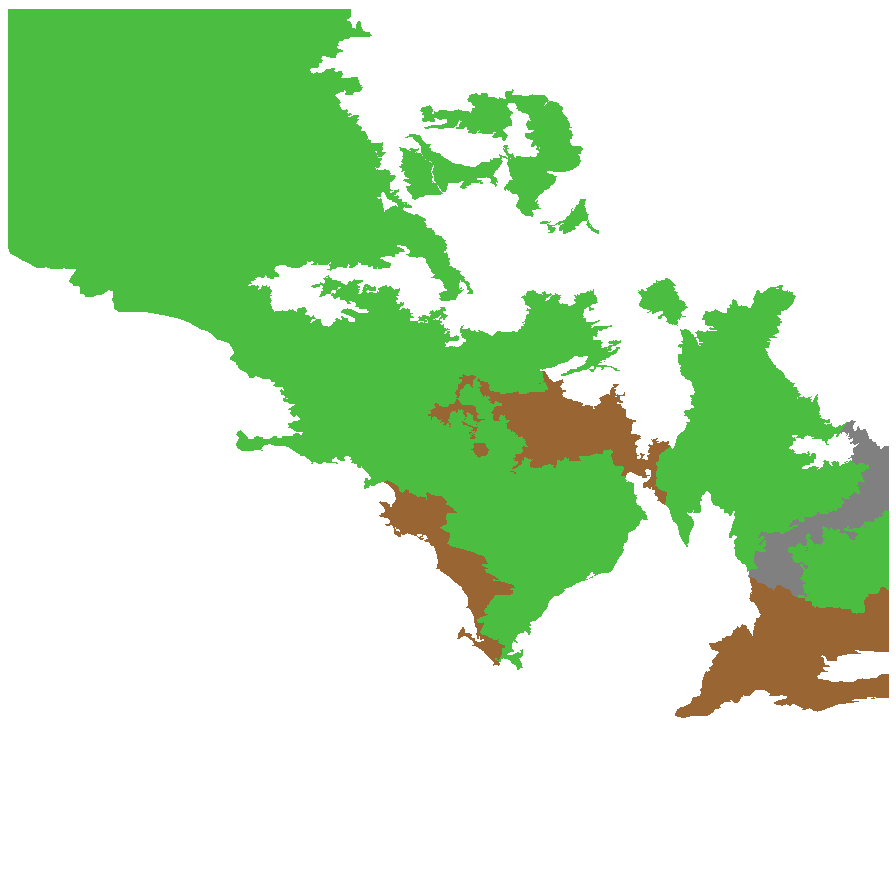
Least concern
Near threatened
Rare
Vulnerable
Endangered
Critically endangered
Extinct
Data deficient
Adelaide
Arkaroola
Ceduna
Coober Pedy
Hawker
Innamincka
Marla
Marree
Mount Gambier
Oodnadatta
Renmark
Wudinna
Keith
Yunta
Display IBRA region text
| Fleurieu (KAN02) | Kanmantoo | Rare (IUCN: RA d(i,ii)) [very flat, tiny sp; edge of range] |
| Mount Lofty Ranges (FLB01) | Flinders Lofty Block | Rare (IUCN: RA d(i,ii)) [very flat, tiny sp; edge of range] |
| Olary Spur (FLB03) | | Data Deficient [Trampled by stock. Data deficient.] |
| Southern Flinders (FLB04) | | Data Deficient |
| Northern Flinders (FLB05) | | Least Concern |
| Central Flinders (FLB06) | | Least Concern |
| Eyre Hills (EYB03) | Eyre Yorke Block | Least Concern |
| Talia (EYB04) | | Rare (IUCN: RA d(i,ii)) |
| Eyre Mallee (EYB05) | | Least Concern |
| South Olary Plain (MDD01) | Murray Darling Depression | Least Concern |
| Murray Mallee (MDD02) | | Rare (IUCN: RA d(ii)) (Probable Decline) [undercollected] |
| Braemer (MDD07) | | Data Deficient [Trampled by stock] |
| Murray Scroll Belt (RIV06) | Riverina | Rare (IUCN: RA d(i,ii)) (Probable Decline) |
| Myall Plains (GAW01) | Gawler | Least Concern |
| Gawler Volcanics (GAW02) | | Least Concern |
| Gawler Lakes (GAW03) | | Data Deficient [Pt Aug record dodgy & nthn record prob in GV] |
| Kingoonya (GAW05) | | Least Concern |
| Roxby (GAW07) | | Least Concern [undercollected] |
| Maralinga (GVD03) | Great Victoria Desert | Least Concern |
| Kintore (GVD04) | | Least Concern |
| Tallaringa (GVD05) | | Least Concern |
| Yellabinna (GVD06) | | Least Concern |
| Barrier Range (BHC01) | Broken Hill Complex | Data Deficient [Trampled by stock. Data deficient] |
| Curnamona (BHC06) | | Data Deficient [Trampled by stock. Data deficient.] |
| Oodnadatta (STP02) | Stony Plains | Least Concern |
| Peake-Dennison Inlier (STP04) | | Least Concern |
| Mann-Musgrave Block (CER01) | Central Ranges | Least Concern |
| Watarru (CER02) | | Least Concern |
| Everard Block (CER03) | | Least Concern |
| Tieyon (FIN03) | Finke | Least Concern |
| Fleurieu (KAN02) | Kanmantoo | Rare (IUCN: RA d(i,ii)) [very flat, tiny sp; edge of range] |
| 5 of 6 subregions | Flinders Lofty Block | Least Concern , Rare , Data Deficient |
| 3 of 5 subregions | Eyre Yorke Block | Least Concern , Rare |
| 3 of 6 subregions | Murray Darling Depression | Least Concern , Rare , Data Deficient |
| Murray Scroll Belt (RIV06) | Riverina | Rare (IUCN: RA d(i,ii)) (Probable Decline) |
| 5 of 8 subregions | Gawler | Least Concern , Data Deficient |
| 4 of 4 subregions | Great Victoria Desert | Least Concern |
| 2 of 4 subregions | Broken Hill Complex | Data Deficient |
| 2 of 7 subregions | Stony Plains | Least Concern |
| 3 of 3 subregions | Central Ranges | Least Concern |
| Tieyon (FIN03) | Finke | Least Concern |
Botanical art
Kath Alcock paintings: 2
Etymology
Chthonocephalus from the Greek 'khthonos' meaning ground and 'kephale' meaning head, referring to the inflorescences which rest on the ground. Pseudevax from the Greek 'pseudo' meaning false and 'evax' a genus in the Family Compositae, alluding to the flower heads being similar to the genus Evax.
Distribution and status
Found across much of South Australia, growing in open sites in both temperate and arid habitats, most often in sand or sandy loam depressions. Also found in all mainland States. Native. Common in South Australia. Common in the other States.
Herbarium regions: North Western, Lake Eyre, Nullarbor, Gairdner-Torrens, Flinders Ranges, Eastern, Eyre Peninsula, Murray, Southern Lofty
NRM regions: Adelaide and Mount Lofty Ranges, Alinytjara Wilurara, Eyre Peninsula, South Australian Arid Lands, South Australian Murray-Darling Basin
AVH map: SA distribution map (external link)
Plant description
Very small ground-hugging herb consisting of a compound head, surrounded by a basal rosette to 4 cm in diameter with10-30 leaves. Leaves oblanceolate to obovate, to 20 mm long and 4 mm wide, tomentose. Flower dense yellow daisies. Flowers throughout the year but mainly during spring. Fruits are yellow-brown dense compact daisy-head. Seeds are very small brown ovoid seed to 0.5 mm long and 0.2 mm wide. Seed embryo type is spatulate fully developed.
Seed collection and propagation
Collect seeds between January and December. Collect whole plants that are drying off, pale yellow-brown in colour and contain fine brown seeds. Place the plants in a tray for one to two week to dry. Then rub the heads gently with your hands to dislodge the seeds. Use a sieve to separate any unwanted material. Be care as the seeds are very small. Store the seeds with a desiccant such as dried silica beads or dry rice, in an air tight container in a cool and dry place. Seed viability is usually high. Seeds are non-dormant, viable seed should germinate readily.
Germination table:
Display











